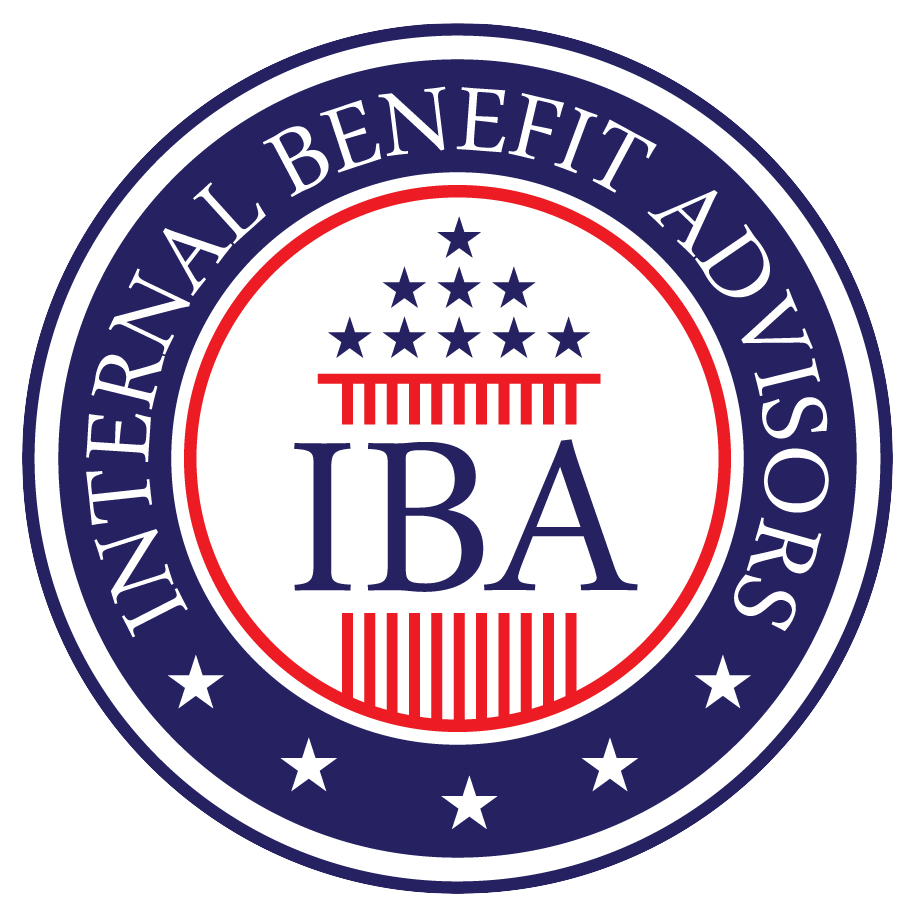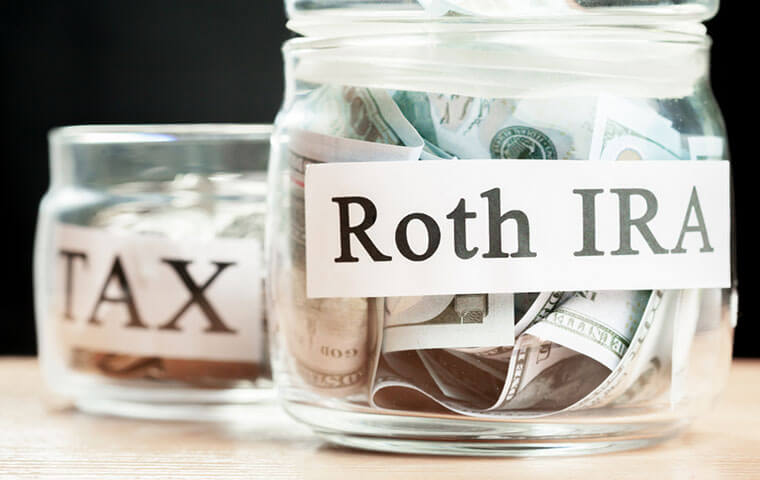There are some differences between the Roth TSP and a Roth IRA. When it comes to withdrawals that could cost you taxes and penalties if you do not understand them. It’s important to remember that, though the TSP and IRAs have the same purpose. (i.e., setting money aside for retirement), the rules are different. The TSP, along with plans like 401(k)s, 403(b)s, and 457s, are employer-sponsored plans. And the rules tend to be a little more restrictive than the rules on IRAs, which are individual plans.
Roth TSP
When withdrawing money from your TSP. Withdrawals will be taken proportionally between your Roth and traditional balances unless you specify otherwise. If your withdrawal is not considered qualified for Roth purposes. (i.e., you are not yet 59 ½ or you have not had a Roth balance in your TSP for at least 5 years). The earnings portion of the Roth withdrawal will be subject to federal income tax. The TSP, and other employer-sponsored plans, also view Roth withdrawals as coming proportionally from contributions and earnings. And the TSP Modernization Act did nothing to change this.
When it comes to Individual Retirement Arrangements, you cannot have traditional and Roth balances within the same IRA, so the issue of proportional withdrawals between traditional and Roth monies does not exist. The issue of qualified withdrawals from a Roth remains, and the definition of what constitutes a qualified withdrawal is identical to that used by the TSP. Any earnings withdrawn before the withdrawals are qualified will be taxable for federal income tax purposes. BUT, within IRAs Roth withdrawals are not viewed as coming proportionally from contributions and earnings!
Roth IRA
When withdrawing from a Roth IRA, your withdrawal is viewed as coming first from your contributions. Your contributions have already been taxed. If you withdraw more than the number of your contributions. The withdrawal is viewed as coming second from any Roth conversions you may have made. Conversions have also been previously taxed. It is only when you withdraw earnings that you will have to pay tax – and then, only if the withdrawal is not qualified. There is never any tax on qualified Roth withdrawals.
The 5-year period needed for a qualified withdrawal can use a little additional explanation. First, five years is defined as “January 1st of the year that is five years from the contribution or conversion”. So, if you made your first Roth contribution on July 16, 2017. You would meet the 5-year requirement on January 1, 2022. This 5-year period does not re-start with subsequent contributions or conversions.
Second There is another 5-year rule that only applies to conversions, and then, only to the 10% early withdrawal penalty. Since conversions are not allowed in the Thrift Savings Plan, this rule applies only to IRAs. While it is true that you can withdraw monies converted at any time without paying federal income taxes. (remember, conversions have already been taxed). If you are under the age of 59 ½. When you withdraw converted money you will have to pay the early withdrawal penalty. If your conversion does not meet the 5-year rule and – for this purpose – the 5-year period does re-start for each subsequent conversion.
Granted, this is confusing for many people. But there is one easy way to avoid worrying about the taxes and penalties that come with unqualified Roth withdrawals. Wait until you’re 59 ½ and have had the Roth for at least five years. Then all of your withdrawals will be qualified and you will owe no taxes or penalties!
To see the full article published in Fedweek Magazine, click here.




